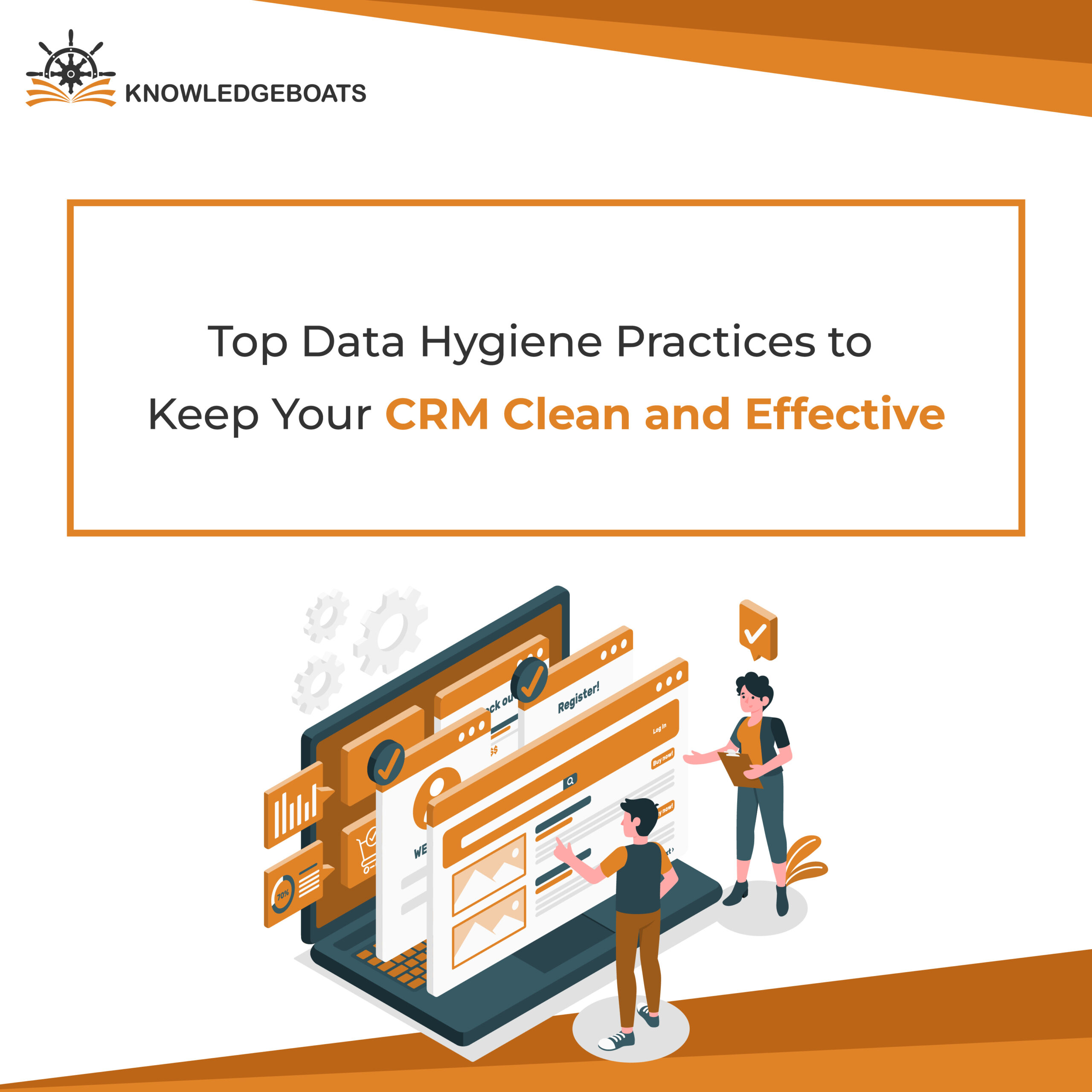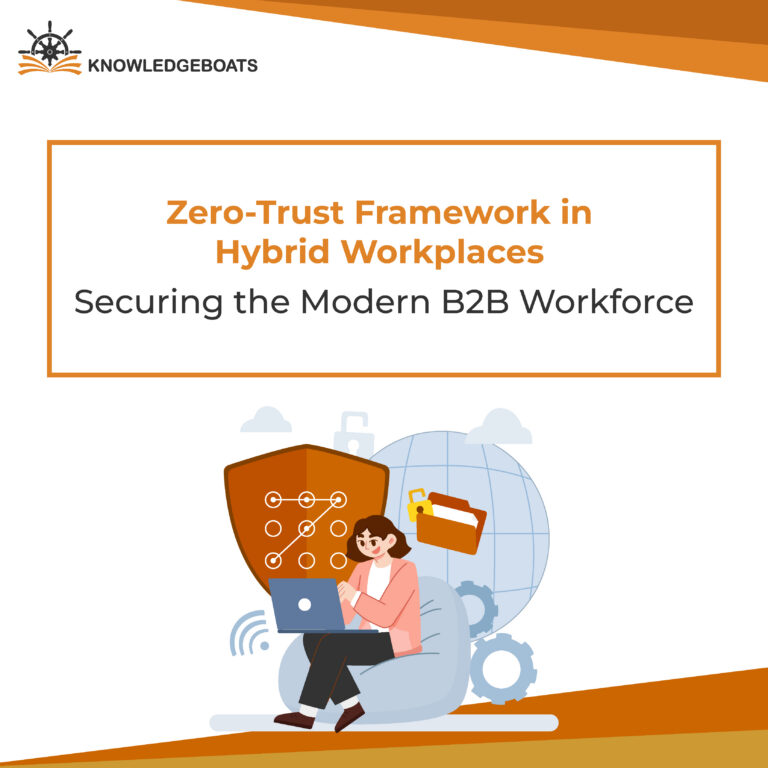
Ever thought about your CRM as the heartbeat of your business? Because that’s what it is. It’s where all your customers live, your sales journey takes shape, and your marketing spellcasting comes to life. Done well, it’s an incredible source of clarity, showing you how to connect, what’s coming next, and the best path forward.
But imagine if that clarity got clouded, or if that heartbeat started to stutter? What if your goldmine was a hot mess?
We’re talking about unhygienic data in your CRM. You know the drill: duplicate records, missing information, outdated contacts, names spelled three different ways. It’s the stuff that turns your tool into a headache. It costs you time, money, and your sanity.
This is where CRM data hygiene steps in. We’re talking about making sure your customer data is spot-on, consistent, and never missing a beat. And here’s the crucial bit: this isn’t a magic wand you wave once and then forget. It’s a continuous, vital effort to keep that CRM data quality top-notch. Get these practices dialed in, and your CRM won’t just improve, it’ll become the well-oiled, impactful machine you always knew it could be.
Why Your CRM Needs a Serious Deep Clean
Ever tried to bake with expired ingredients? That’s what working with a dirty CRM feels like. It’s not just annoying; it actively sabotages your efforts. Here’s why data hygiene is critical for sales and marketing:
Your Reports Are Lying to You: If the data going in is garbage, the reports coming out are too. How can you make smart strategic calls if your own data is misleading you?
Wasted Time & Money: Imagine your sales team chasing ghost leads, or your marketing budget getting blown on emails that bounce.
Annoyed Customers: No one likes getting the same email three times or being contacted by two different reps from the same company. It screams “we don’t know you,” and it erodes trust.
Missed Opportunities: Incomplete records can mean you overlook golden prospects or fail to nurture promising leads. You just don’t see the full picture.
Revenue Hit: Honestly, how poor data hygiene impacts revenue growth is tangible. It slows sales cycles, derails marketing campaigns, and ultimately, stops you from bringing in more cash.
Compliance Headaches: Depending on where you operate, bad data can even put you at risk of violating privacy regulations (think GDPR or CCPA).
Simply put, a clean CRM is a non-negotiable for anyone serious about making their CRM work. It’s how you truly improve CRM performance.
Top Data Hygiene Practices to Keep Your CRM Spotless
Achieving clean CRM data requires a smart, consistent approach. Here are the essential data hygiene practices to implement:
A. Establish Smart Data Entry Standards
The best defense is a good offense. Let’s block that messy data from even entering your system.
Rules of the Road: Lay down clear rules for how data should be entered. Think “CA” vs. “California,” or “Street” vs. “St.” Use dropdown menus and picklists whenever humanly possible. This is your foundation for data standardization.
Must-Have Info: Make essential fields mandatory. If a new lead doesn’t have an email or company name, it probably isn’t a lead you can act on.
Instant Checks: Set up real-time validation. Your CRM should flag bad email formats or funky phone numbers right as someone types them in. These CRM data validation best practices save so much heartache later.
Team Training: Seriously, everyone who touches the CRM needs to understand why this matters and how to do it right. Customer data integrity is a team sport.
B. Declare War on Duplicates
Duplicate records are the absolute bane of a clean CRM. Who wants to call the same prospect three times? Or see three versions of the same company in reports?
Proactive Defense: Your CRM probably has built-in features, if not there are great third-party tools that can spot and merge duplicates as they come in.
Scheduled Sweeps: Even with the best defenses, some duplicates will sneak through. Schedule regular CRM data cleanup days, even monthly or quarterly, is a good start to find and merge the existing ones.
Smart Matching: Decide what truly makes a duplicate. Is it just a matching email? Or email and phone number? Get clear on your criteria.
Automate the Process: Many tools to automate CRM data cleansing specialize in CRM deduplication. They’re smart, they’re fast, and they can make how to manage duplicate contacts in CRM a breeze.
C. Tackle Incomplete and Outdated Data
Your data isn’t a fine wine; it doesn’t get better with age unless you tend to it. People change jobs, companies move, contact info goes stale, it’s a constant battle against incomplete data handling.
Fill in the Gaps: Look into data enrichment services. They can automatically fill in missing details like industry, company size, and even social media profiles for your existing records.
Bounce Back: Connect your email marketing platform to your CRM. If an email bounces, your CRM should automatically flag or update that contact.
Regular Purge: Set up a process to review and archive records that are clearly inactive, unqualified, or just plain old. You don’t always need to delete history, but keep your active CRM focused.
D. Standardize Everything
Inconsistent labels make it impossible to find anything. Your data needs the same treatment for accurate segmentation and reporting.
Consistent Choices: Use those standardized picklists we talked about for fields like industry, country, lead source, and product type.
Name It Right: Agree on consistent naming conventions for accounts, opportunities, and any custom fields you use.
Clean Up the Past: Go through your existing data and make it conform to your new standards. This might mean bulk-updating all “California” entries to “CA.” This is key for good contact database hygiene.
E. Make Audits a Habit, Not a Chore
CRM data management is not a “one-and-done.” Think of it like spring cleaning, but for your data, and you do it more often.
Set a Schedule: Put data audits on the calendar. Quarterly, bi-annually, or annually, depending on how much data you churn through. This covers how to clean up dirty data in your CRM comprehensively.
Quick Checks: Encourage your team to do quick “spot checks” for data quality as part of their daily routine.
Automated Nudges: Can your CRM send alerts for records that haven’t been touched in ages, or critical fields that are empty? Set those up!
F. Use Automation Tools to Do the Heavy Lifting:
You don’t have to do everything manually. Modern CRMs and smart integrations offer powerful help for data cleansing for CRM.
Smart Deduplication: We mentioned this, but it bears repeating, let the software identify and suggest merges.
Workflow Rules: Set up automated workflows that update fields, assign tasks for data review, or send alerts when data looks off.
Validation Integrations: Connect your CRM to external services that can verify addresses, phone numbers, and emails in real-time. These tools to automate CRM data cleansing are invaluable time-savers.
G. Build a Culture of Data Ownership
CRM data accuracy isn’t just IT’s problem. It’s everyone’s responsibility.
Educate, Educate, Educate: Keep training your sales, marketing, and customer service teams. Show them why clean data helps them do their job better.
Clear Roles: Assign clear roles for who owns what piece of data maintenance.
Make it Fun (or at least less painful): Can you incentivize data quality? Maybe include it in performance reviews or team goals. Make clean data a shared priority.
Wrapping Up: A CRM That Actually Works
By consistently putting these best data hygiene practices for B2B CRM systems into play, you’re not just tidying up your database but transforming your CRM into a high-octane engine for growth.
You’ll get clearer insights, run far more effective marketing campaigns, boost sales efficiency, and ultimately, drive real, tangible revenue.
Stop letting common CRM data errors and how to fix them plague your operations. It’s time to take control, clean up your CRM, and unlock its true, sparkling potential. Your team and your customers will thank you.



